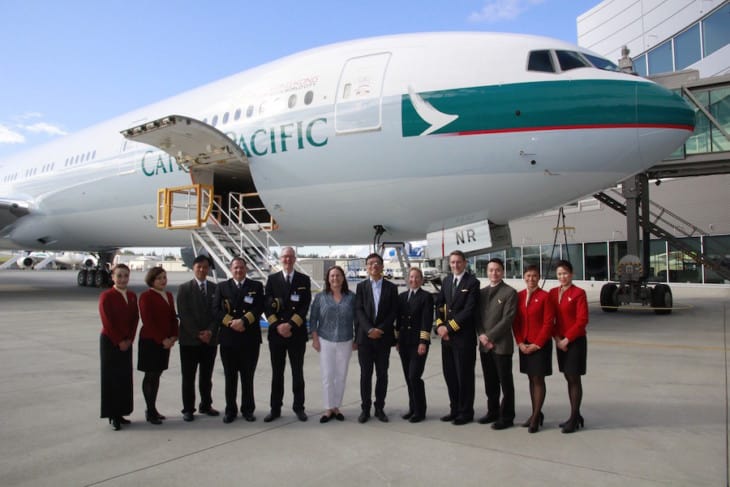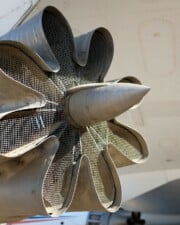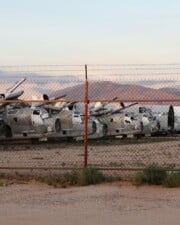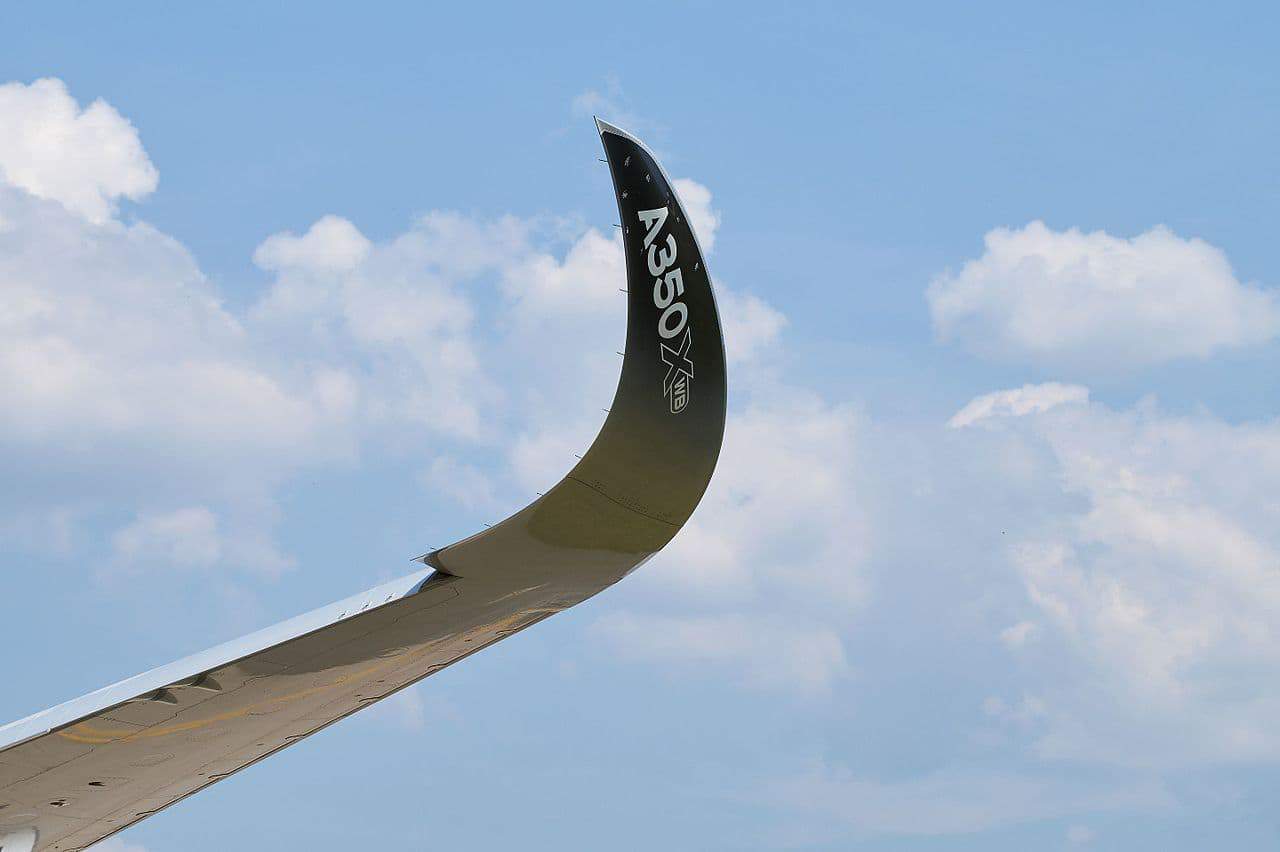Several thousand airplanes are produced each year to accommodate airlines and airplane operators across the globe. From massive 747s to single-engine planes, there are close to 10,000 planes in the sky at any given time.
TLDR – Most airplanes are delivered by flying the plane directly to its new destination, which may also involve refueling or equipping the plane with extra fuel tanks. In some cases, airplane components are shipped via boat or cargo plane and assembled in the destination country.
How Are Passenger Airliners Delivered?
Many of the top-selling passenger airliners have ranges of 9000 miles or more. If the destination country is within range, the airplane is flown directly to the buyer’s chosen airfield. For deliveries outside of the airplane’s range, the airplane may need to be fitted with extra fuel tanks. These “ferry tanks” help extend the range of the airplane. They are typically installed inside the plane in areas intended for cargo or passenger seating.
Airbus and Boeing are the only major manufacturers of passenger airliners. Boeing airliners are manufactured in the United States and may need to travel great distances. For example, Boeing airliners, including the 747-8, 777-200LR, and 787-9, are manufactured at facilities in Washington state and California. The planes are shipped out of Snohomish County Airport (PAE) in Everett, Washington, which is about 1424 miles from Anchorage, Alaska, and a little over 5000 miles from Beijing, China.
Airbus maintains facilities in the United States, Canada, France, Germany, Spain, and China. Final assembly for Airbus airliners often occurs at facilities within the same region as the destination, reducing the need to deliver planes halfway around the world.
While Airbus and Boeing can deliver planes across the globe, most airliner sales occur in North America. Out of about 5300 Airbus jetliners sold around the world, 2000 were purchased by North American customers.
How Are Small Aircraft Delivered?
How aircraft deliveries work depends on the range of the aircraft. If a small aircraft cannot directly reach its destination, it may complete several stops for refueling using the shortest possible route.
For example, an airplane that needs to reach Sydney, Australia from North America may stop at several airfields before reaching its destination. It may fly from Washington to Alaska before stopping in Japan, China, and Indonesia.
From Indonesia, the plane may need to stop at Darwin International Airport before finally reaching Sydney. Each leg of the journey averages about 2000 miles. As the plane is unlikely to travel 2000 miles on a single tank, it is often equipped with one or more ferry tanks.
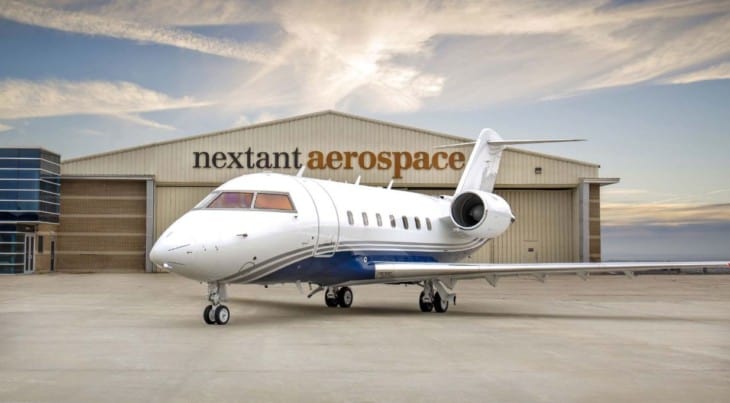
How Do Small Planes Get to Hawaii?
The Bombardier Learjet 36A is one of the few light aircraft that can make the direct flight from North America to Hawaii. It has a maximum range of 2425 miles, which is significantly greater compared to the range of the average light aircraft.
Most light aircraft can only fly about 1000 to 1300 miles before needing to refuel. However, the distance from Los Angeles International Airport (LAX) to Hawaii is about 2468 miles. A small plane may be fitted with enough ferry tanks to make the flight from North America to Hawaii.
For situations where a ferry tank is not an option, the plane may be shipped partially assembled. The final assembly is completed in Hawaii after the components are delivered on a boat or cargo plane.
Does a Customer Fly a Plane Before Buying it?
The purchase of almost any type of airplane typically involves one or more test flights. When purchasing a light aircraft, the pilot or airline operator may perform a test flight to inspect the operation of the plane and look for any faults.
The test flights for passenger airliners are much more extensive and typically occur over four or five days. For example, when selling an airliner, Airbus requires customers to send a team of representatives to inspect and test the airliner.
The team often includes engineers, maintenance crew, and pilots. On the first day of the inspection, the team examines the external surfaces of the airliner. They also check the bay and cabin and perform engine tests.
On the second day, the team performs an acceptance flight, which is a test flight that allows the crew to inspect the aircraft systems and the behavior of the airplane while in flight. Airbus addresses any issues on the third day.
A final technical acceptance is performed on the fourth day. If the customer is satisfied with the airliner, the deed is transferred. The next step is the delivery of the airliner to the customer’s airfield.
Do Airlines Own Their Planes?
Many airlines lease airplanes instead of directly owning them. The average cost of a Boeing 737-700 is just under $90 million while the Boeing 777-9 costs $442 million. Along with the purchase cost of an airplane, airlines need to deal with the cost of maintenance, crew, and insurance.
Due to the high costs involved, it is often much more cost-effective for airlines to lease their planes. In 2019, about half of all Boeing and Airbus deliveries were to leasing firms. However, many leasing firms do not pay for airplanes up front.
It is common for a leasing firm to obtain financing for the purchase of new aircraft. The leading leasing firm, AerCap Holdings, has over $42 billion in assets and owns over 1000 aircraft. As leasing firms have significant assets, they are less likely to default on their financing.
Airlines have several options when leasing a plane. The most common type of lease is a “dry lease”. With a dry lease, the airline operates the aircraft for a set period, such as five or ten years. The airline covers the cost of maintenance and supplies its own crew.
A “wet lease” is often used when an airline needs to fill a gap in its fleet due to an increase in passengers or unexpected maintenance on existing planes. A wet lease is also called an ACMI lease. The “ACMI” stands for aircraft, crew, maintenance, and insurance.
With a wet lease, the leasing firm provides the crew, including the flight crew and the cabin crew. The leasing firm also covers the maintenance and insurance for the plane.
A “damp lease” is a third option where the leasing firm provides the aircraft, flight crew, and maintenance. However, the airline supplies the cabin crew, which includes the flight attendants.
While half of the new airplanes are sold to leasing firms, airlines can still purchase airplanes. When buying a new airplane, airlines typically obtain financing by raising capital. To raise capital, an airline may obtain a secured or unsecured loan. As new airplanes cost millions of dollars, a consortium of banks may finance the loan instead of a single bank.
Related Posts
